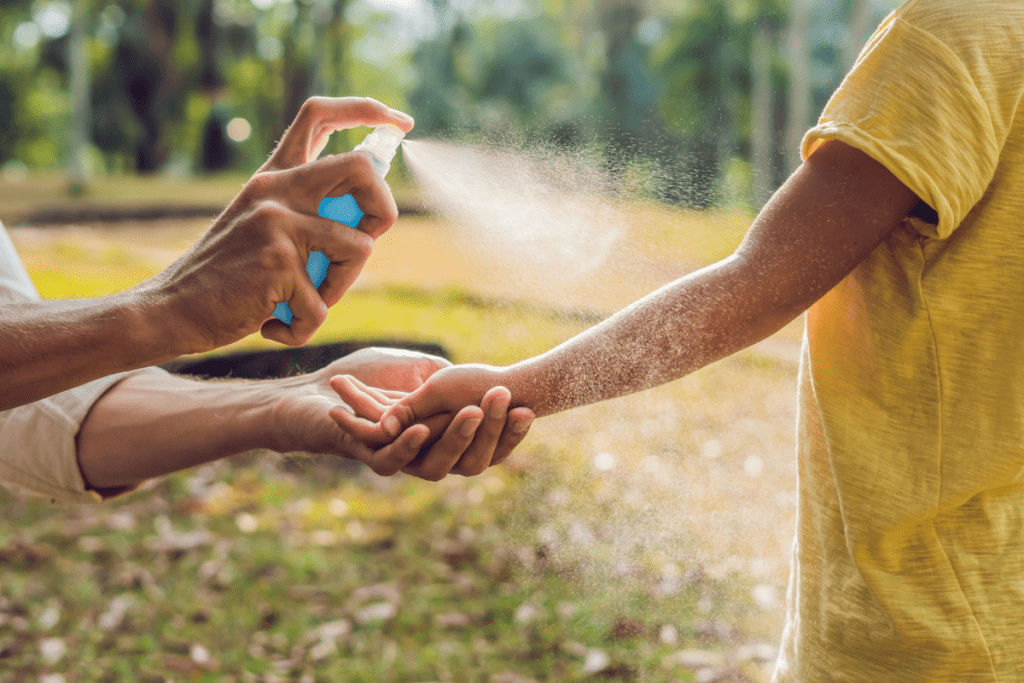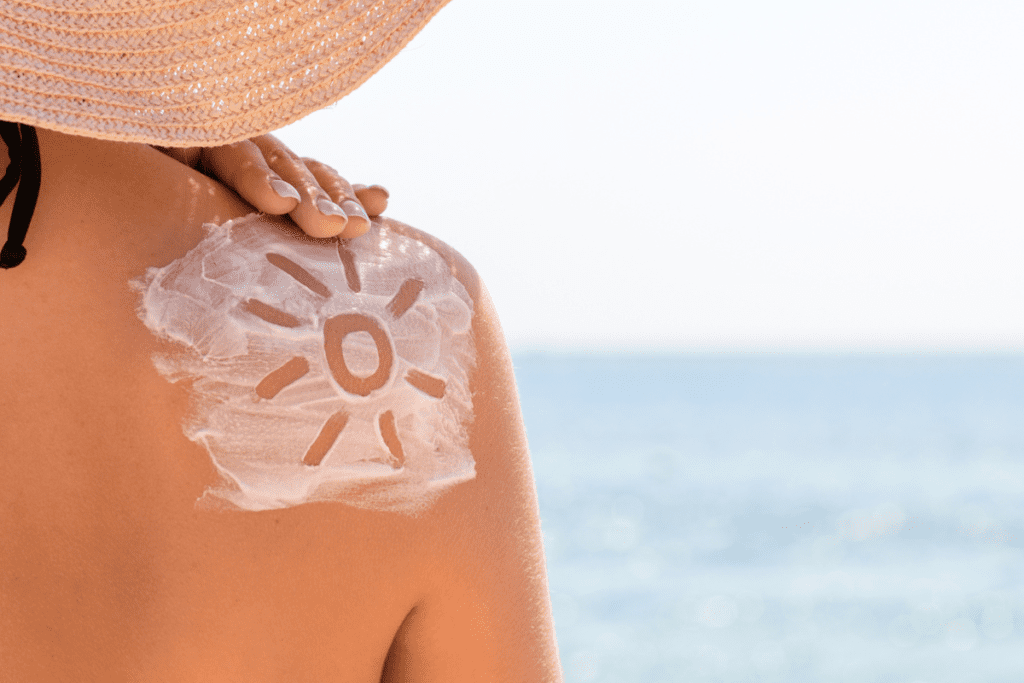When will Canada finally wash its hands of the nasty antibacterial chemical triclosan?
The Canadian Environmental Law Association (CELA) and Clean Production Action (CPA) have released a new assessment of triclosan and the similar compound triclocaraban, underlining the toxic threat these substances pose to the health of the Great Lakes.
The assessment used the GreenScreen program which helps businesses shift to safer alternatives and is used by the Washington State government, Hewlett-Packard, and the US Green Building Council to name but a few. The system works by assigning benchmarks to chemicals, classifying their impacts based on a combination of endpoints, including but not limited to carcinogenicity, endocrine disruption, neurotoxicity, skin irritation, and persistence in the environment.
According to the GreenScreen assessment, triclosan is a benchmark 1chemical, meaning it is in the category of highest risk, and triclocaraban is a benchmark 2 chemical, meaning it is in the category of second highest risk. Triclosan is in this highest risk category for several reasons. It is often contaminated with highly toxic dioxins, and triclosan itself breaks down into dioxins when exposed to sunlight. Studies point to acute human toxicity, and acute aquatic toxicity. It has also been linked to antibiotic resistant bacteria, AKA “superbugs,” and pollutes many Canadian waterways. Studies also link triclocaraban to very high aquatic toxicity and environmental persistence.
Environmental Defence has been calling for a ban on triclosan since 2009, and many green companies have avoided using triclosan for years. The chemical was declared toxic by Environment Canada in 2012 but it’s still found in upwards of 1600 products in Canadian stores.
Elsewhere, state governments and corporations are taking action to reduce the amount of triclosan in the environment. The State of Minnesota recently moved to ban products containing triclosan, and Johnson & Johnson and Proctor and Gamble are phasing out triclosan from products worldwide by 2015.
Our 2012 report The Trouble with Triclosan provides a helpful backgrounder on the issue. For the report, 8 Canadians volunteered to be tested for triclosan in their urine; 7 of them tested positive.
What can Canadians do to help stop triclosan and triclocaraban pollution? Read product labels before you purchase cosmetics and personal care products to be sure you aren’t adding to the problem. And consider signing and sharing our petition calling for a ban on triclosan. As evidence mounts, momentum builds for a ban. By spreading the word, not the chemical, you can do your part to help protect human health and the environment.







